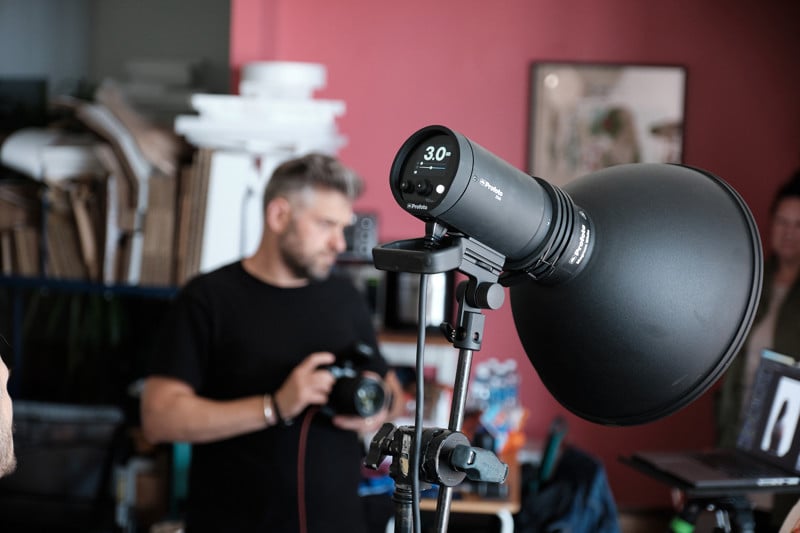
Battery-powered
Profoto B20
Compact, robust and lightweight battery-powered monolight

Battery-powered
Compact, robust and lightweight battery-powered monolight

Battery-powered
Compact, robust and lightweight battery-powered monolight

MonoLED
Faster. Lighter. Brighter.

LED Panels
World's brightest soft panel

Battery-powered
Compact, robust and lightweight battery-powered monolight

Battery-powered
Compact, robust and lightweight battery-powered monolight

MonoLED
Faster. Lighter. Brighter.

LED Panels
World's brightest soft panel

On-Camera Flashes
Flash to be mounted on the camera

Battery-powered
Compact battery-powered monolight

Battery-powered
Simplicity personified

Gels
Gel kit for color effects

Snoots
Creates a clean-cut spotlight

Softboxes
Creates a soft and flattering light

Softboxes
Ideal for edge or rim lighting

Grids
Limits the light spread

On-Camera Flashes
Flash to be mounted on the camera

Battery-powered
Compact battery-powered monolight

Battery-powered
Simplicity personified

Gels
Gel kit for color effects

Snoots
Creates a clean-cut spotlight

Softboxes
Creates a soft and flattering light

Softboxes
Ideal for edge or rim lighting

Grids
Limits the light spread

